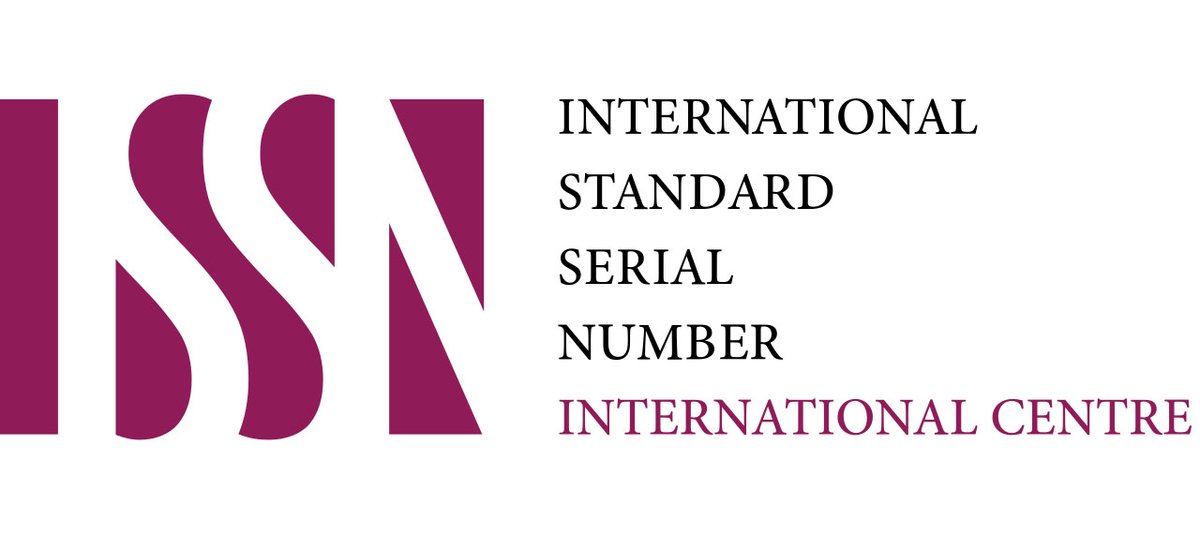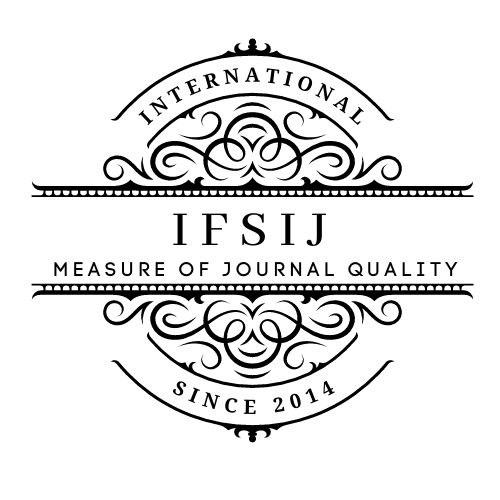THE ROLE AND FUNCTIONS OF MODERN COMPUTER TECHNOLOGIES IN THE DIAGNOSIS OF ARTERIAL HYPERTENSION DISEASES
Keywords:
Arterial hypertension, blood pressure, essential hypertension, secondary hypertension, stress.Abstract
Arterial hypertension is a chronic disease characterized by a blood pressure of 140/90 mmHg or higher in the arteries. This pathology is widespread worldwide and negatively impacts the functioning of vital organs such as the heart, blood vessels, and kidneys. The causes of hypertension are divided into two main types: primary (essential) and secondary. Among the primary risk factors, poor nutrition, sedentary lifestyle, genetics, and stress play a significant role. In the early stages of the disease, noticeable symptoms may not be observed, but symptoms such as headaches, dizziness, and palpitations can develop. Timely diagnosis and treatment, including adopting a healthy lifestyle, are crucial in preventing severe complications of hypertension. Modern computer technologies play an important role in diagnosing and managing hypertension. They ensure early detection of the disease, improve treatment quality, and enhance the quality of life for patients. Expanding the use of these technologies in medicine could significantly reduce hypertension-related complications in the future.
Downloads
Published
How to Cite
Issue
Section
License

This work is licensed under a Creative Commons Attribution-NonCommercial-NoDerivatives 4.0 International License.















